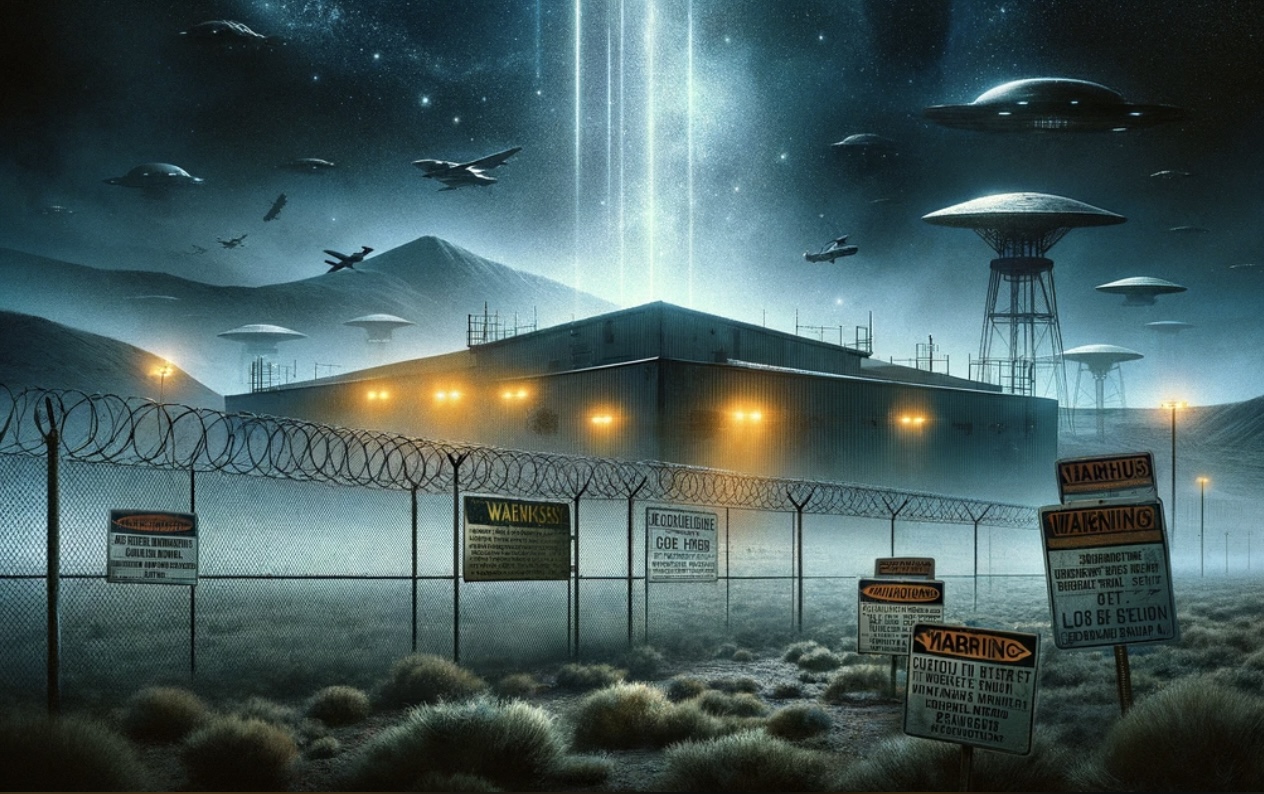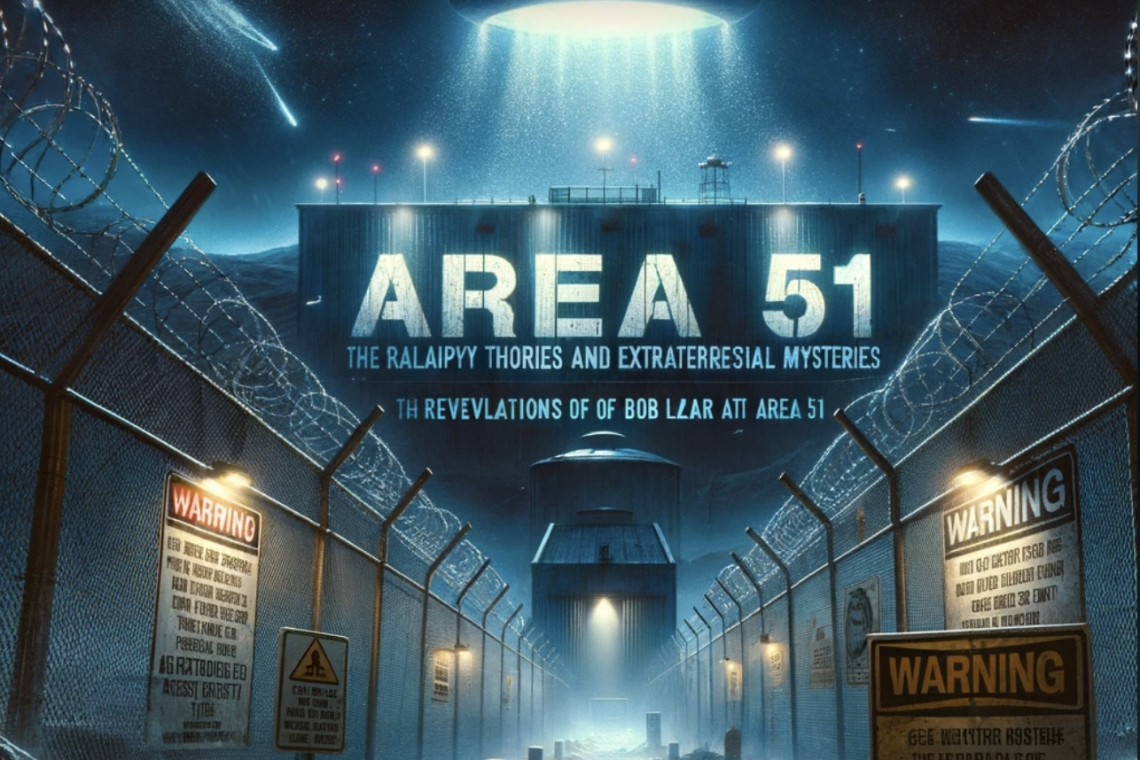According to Lazar, S4 housed nine flying saucers of extraterrestrial origin. He contended that the world needed to know this secret and that his life was in danger, prompting him to step forward and share his revelations. The impact of his claims was profound, leaving both the public and investigators grappling with the question: Could this be real?
George Knapp took on the challenge of validating Lazar's story, conducting a meticulous eight-month investigation. Initially met with skepticism, Knapp sought to corroborate Lazar's background, specifically his alleged employment at the Los Alamos National Laboratory, the birthplace of the atomic bomb.
The quest for Lazar's employment records at Los Alamos initially yielded no results. However, persistence paid off when Knapp discovered Lazar's name in the lab's phone book. This revelation opened the door to exploring the credibility of Lazar's scientific background, ultimately leading to the conclusion that he had indeed worked there for over two decades.

Despite Lazar's critics questioning the existence of a secret military base in the Nevada desert, the 2013 declassification of documents through a Freedom of Information Act request forced the CIA to acknowledge the reality of Area 51. Lazar and Knapp's 1989 news coverage had turned Area 51 into a household name, forever altering its status from an obscure military installation to a global fascination.
For many researchers, Lazar's revelations transcended mere UFO speculation, elevating him to the status of a whistleblower. His inside access and the subsequent acknowledgment of Area 51 by the government lent credibility to his claims. Former Air Force pilot Captain David Fruehoff, who worked at Area 51 from 1979 to 1985, corroborated Lazar's account, stating that although he had not witnessed alien technology, he believed Lazar to be highly credible.
Bob Lazar's narrative, once met with skepticism, has found support among those with firsthand knowledge of the secretive world surrounding Area 51. As the veil of secrecy gradually lifts, the legacy of Bob Lazar endures, leaving us to ponder the profound implications of his extraordinary claims about reverse-engineering alien spacecraft in the Nevada desert.



